
I have never visited a place so inaccurately described in guidebooks as Brest.
Everything I read indicated that Brest would be the most Western feeling of the cities I would visit in Belarus:
It is is very much the case…that Western influences predominate here. (Bradt)
There is a calm and relaxed side that speaks of charm, grace and elegance. (Bradt)
There are many delightful avenues that are just right for promenading in this splendid city. (Bradt)
This prosperous and cosmopolitan border town looks far more to the neighboring EU than it does to Minsk. (Lonely Planet)
Brest has plenty of charm and has performed a massive DIY job over the past few years. (Lonely Planet)
After reading all of this praise, I had high expectations – as it turned out, too high.
Rather than feeling the most Western of the three cities I visited in Belarus, Brest felt the most Russian to me.
I left the bus station in the center of the city and walked to my hotel along crumbling sidewalks and past shabby, concrete, Soviet era apartment buildings. I went from a luxurious hotel room in Grodno with free wi-fi, free laundry service and made-to-order breakfast to a sparse room in Brest with rough, Russian-style toilet paper, no shower curtain, rusty pipes and one of the saddest excuses for a breakfast buffet I have ever seen. And while receptionists in both Minsk and Grodno greeted me with cheerful smiles and passable English, the women behind the desk in Brest simply seemed annoyed by everyone and everything.
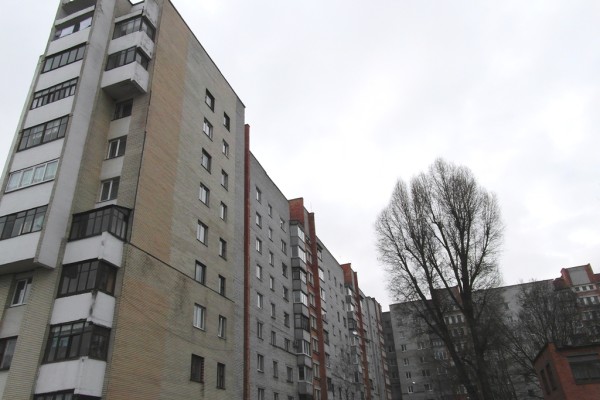
In Brest, I found the kind of tacky commercialism that was blissfully lacking in Minsk and Grodno – ugly signage, chain stores and kiosks on every corner. Sovetskaya street, the main pedestrian zone, and Lenin Square did have their charms, but they were the only parts of the city that did.
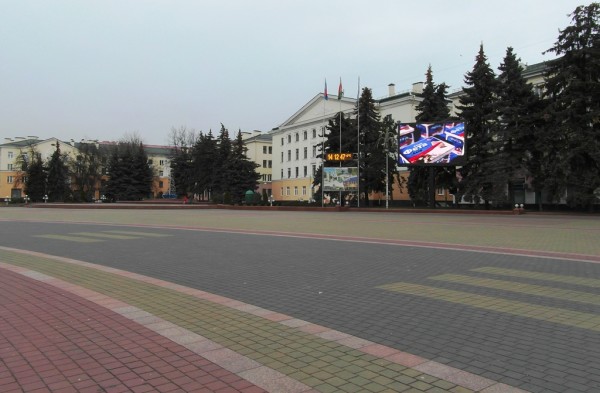
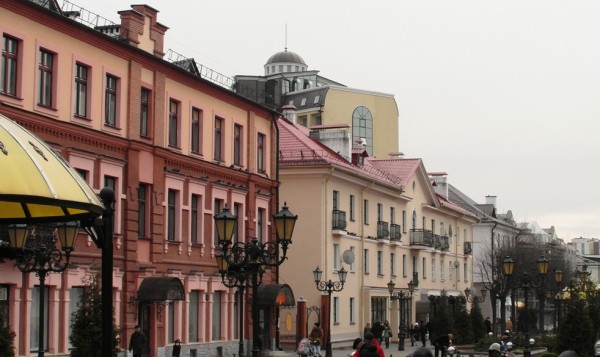
One guidebook heartily recommended a stroll by the river, but I turned back after about 15 minutes because it was so lacking in visual appeal. Wandering down a street not far from the river, I encountered the kind of ramshackle wooden homes with yards piled high with junk that I sometimes saw in rural areas of Russia, but never in the center of a city. Aside from one fascinating mural in front of a nondescript apartment building, it all felt dismal.
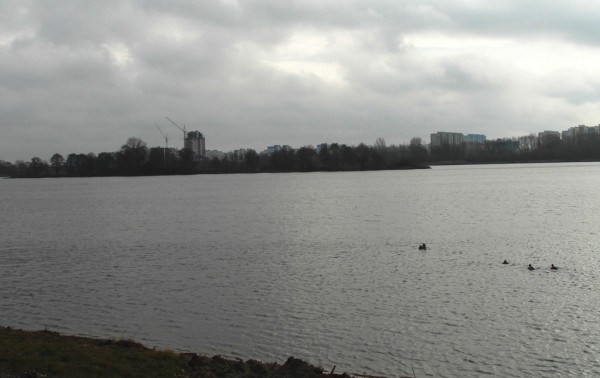
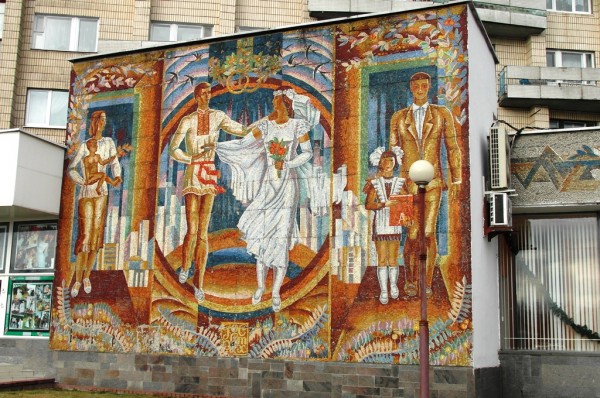
I spent three days in Brest, wondering where I could find all of the delightful avenues and charm described in my guidebooks.
Aside from Sovetskaya street and Lenin Square, I came up empty.
The only redeeming thing about the city (and the main tourist attraction in town) was Brest Fortress.
The entrance itself is impressive, in the shape of a large star with Soviet war anthems, radio broadcasts from World War II and the sound of gunfire and bombs dropping playing ominously as you walk through to the grounds. The fortress itself is known best for its role in Operation Barbarossa, during which Soviet troops valiantly defended it against the Germans while they destroyed almost all of the city of Brest. Severely damaged, authorities decided after the war not to rebuild it but to instead create a large memorial to the fight that took place. For the history buffs out there, it is also where Lenin negotiated the Treaty of Brest-Litovsk with the Germans at the end of the first World War.

The centerpiece of Brest Fortress today is the 34 meter tall mass of concrete shown below, which stands next to an obelisk about 100 meters high.
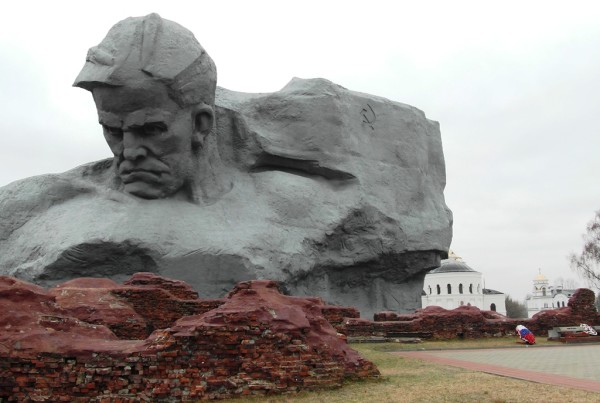
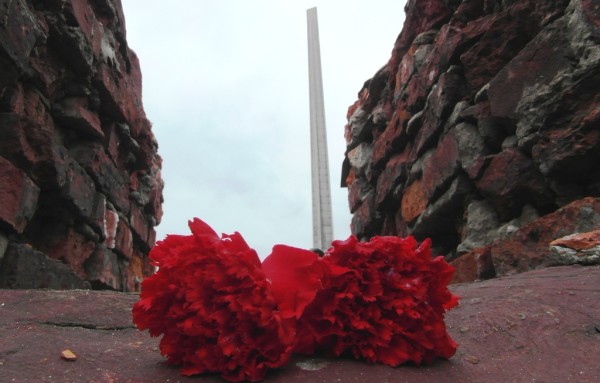
I happened to arrive for the changing of the guard ceremony involving two young women and two young men who stand guard to an eternal flame burning near the base of the obelisk. With white bows billowing at the bottom of the girls’ braids and the boys clearly trying hard not to crack a smile in their unfortunately over-sized uniforms, it wasn’t exactly the changing of the guard at Buckingham Palace, but I found it amusing nonetheless.

Behind the obelisk stands the Byzantine Church of St. Nikolai, with the glimmering gold domes so popular throughout Russia. Elsewhere on the grounds I found a few other memorials and a collection of tanks, but not much else. After a walk around the outer walls of the fortress, I headed back through the giant concrete star as the sounds of exploding bombs bid me farewell.
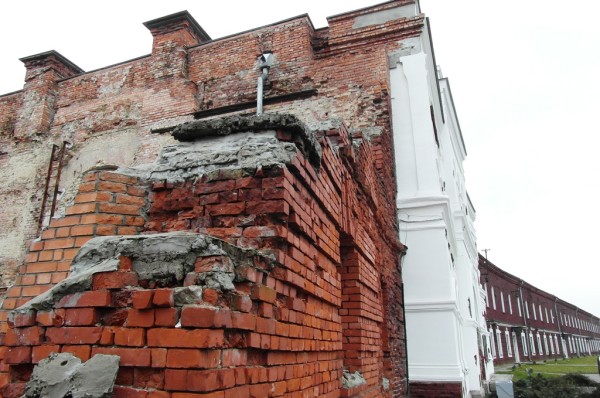
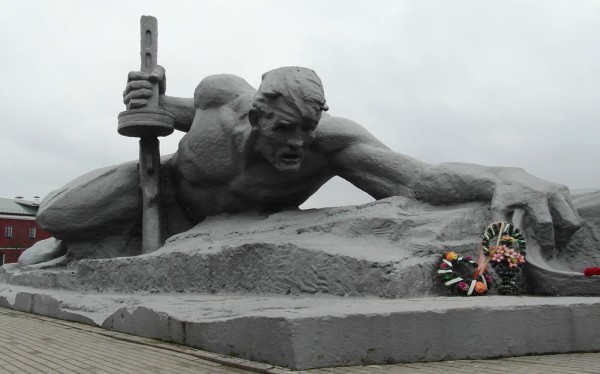
While one of my guidebooks recommended I needed at least four hours to see everything there was to see at the fortress, my seemingly very thorough visit lasted about an hour and a half, which left me wondering if I missed something or if, again, the author was just exaggerating.
For anyone thinking of visiting Belarus, I wouldn’t write off a stop in Brest altogether. Lying on the border with Poland, it is a logical destination heading into or out of the country and Brest Fortress is worth a couple hours.
But I wouldn’t give the city more than a day, maybe two.
Three days was certainly too much.
